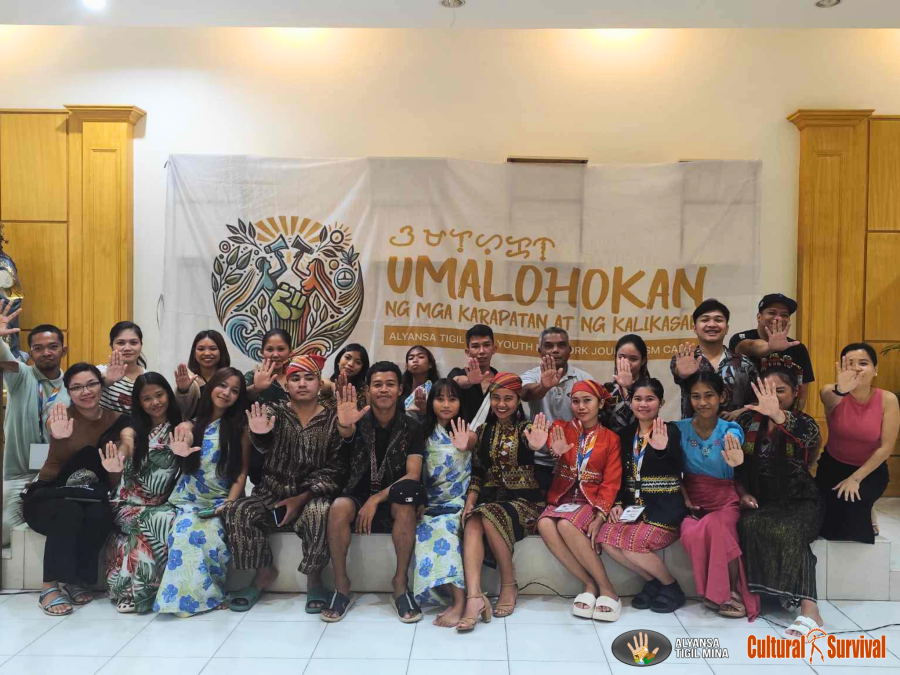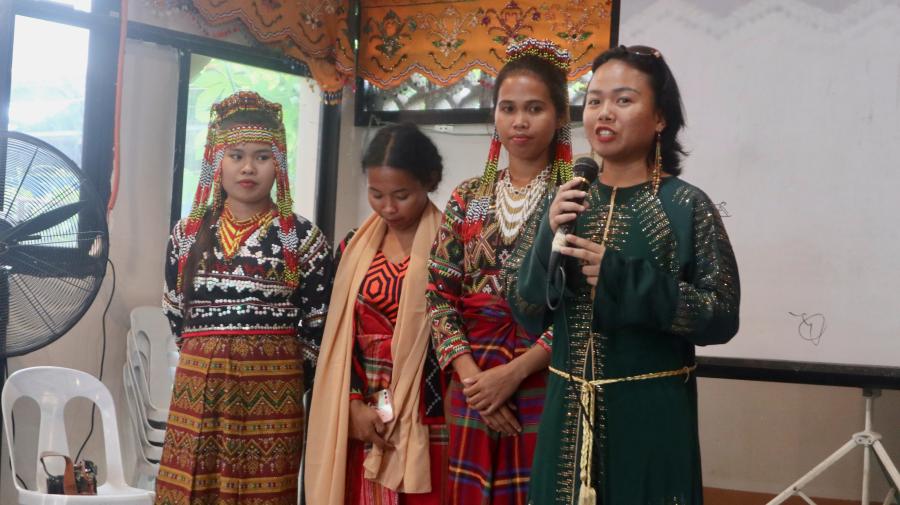The 20th century may well be recognized in history as one of the most conflict-troubled times of the modern world. Compared to preceding centuries, more wars are taking place, and these wars last longer and are more devastating. Approximately one-third of the world's countries are presently engaged in some form of warfare, a figure that has held constant since World War II, and tens of millions of lives have been lost to war in the last fifty years. Yet this figure alone does not adequately represent the true breadth of the political violence taking place; riots, state-sponsored torture, death squads, violence against refugees and immigrants, campaigns against street children, labor disputes and strikes, and domestic violence (which invariably rises dramatically in times of conflict) add millions to the numbers of war-related casualties.
Behind the war images that circulate throughout the modern world-images of soldiers in uniforms, technological weaponry, and battle-scarred towns - lies anther dangerous and less visible trend. War images are predominantly masculine and military. In truth, ninety percent of all war-related casualties today are civilians, and the majority of these are noncombatant women and children. Such casualties are often lost to formal accounting - partly because they violate the 70,000 treaties existing worldwide, guaranteeing human rights and just war protocols. I have personally witnessed entire towns obliterated during war that were never included in death tolls, women torture-victims dumped at the houses of traditional healers so that they remain invisible to hospital records, and street girls killed or sold into slavery who were never considered casualties of war.
When we expand out from the arena of the battlefield proper, we find that refugee populations, now a transnational phenomenon with millions of people affected, are three-quarters women and children. Work is only beginning to show the extent of the casualties, injuries, and gender violence sustained by these women. Immigrants who flee oppressive regimes at home but do not qualify for refugee status face a similar plight, one compounded by unjust working and social conditions. Another hidden casualty are the estimated 100-150 million tribal people who have died at the hands of dominant governments and profiteers in the last century alone; these deaths are not catalogued as "political" or "war-related," although many have been the result of outright egenocide. And finally, the fact that many "peaceful" countries of the world today record between one - and two-thirds of the female population as subjected to physical and/or sexual assault - annually accounting for millions of casualties worldwide - brings the whole logic of separating war and peace time violence into question.
Yet women are not the hapless victims of political violence. In fact, quite the opposite is true. I have found that women, the majority being average civilians, a play a crucial role in resisting political oppression, forging conflict resolution, and rebuilding their societies. In a world where conflict resolution is generally presented as the activity of elite (male) politicians and experts, the fact that women at the centers of political violence are involved in conflict resolution work is little recognized.
The actions women take in war zones span a wide range of activities that go far beyond the taking up of arms. These actions are critical to solving the problems of violence, however unrecognized they are by formal political and military bodies. For example, women have grouped together, often at great personal risk, to publicly demand accounting for lost family members, government oppression, and human rights abuses. Women work to forge trade routes for scarce medicines, foodstuffs, and other invaluable resources. They create unofficial news sources documenting black-marketing by troops, bribery by officials, and illicit gain by power brokers, and they set up networks of information whereby people can locate their scattered families, relocate to safer areas, and take care of war-orphans and the war-maimed. Teachers institute anti-war education classes at the primary level. Women healers rebuild broken communities as well as broken bodies. And with the recognition that sexual and gender violence of all kinds increase during war, counseling groups are set up for the raped, battered, tortured, and forcefully impregnated. As well, in every war zone I have encountered, I have heard civilian women forge detailed and sophisticated plans for treaties, demobilization, and solutions to political stalemates.
These activities are not restricted to women on the frontlines of wars. The recent upsurge of women's groups such as Madres (in Latin America) and Gabriela (in the Philippines), the introduction of United Nations organizations for women, and the lobbying for the recognition of all sexual and gender violence against women as human rights violations represent avenues of change that were not available a mere generation ago. Bringing these facts to light - the brutalities women are subjected to and the resources they are creatively employing to overcome these barbarities-is heralding a new and more hopeful horizon in human rights.
Article copyright Cultural Survival, Inc.



